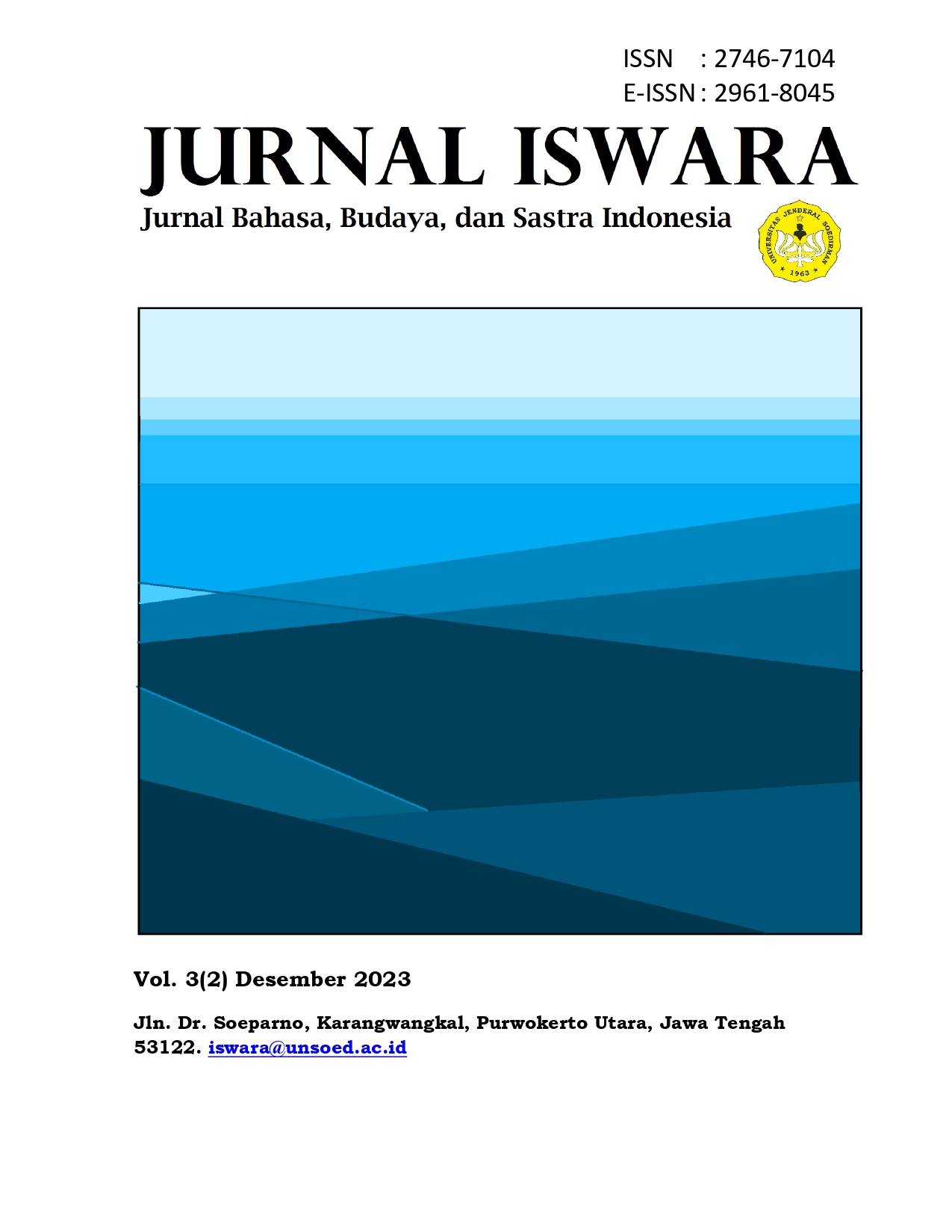Kejahatan Berbahasa: Potensi Pencemaran Nama Baik dan Kriminalitas pada Berita Palsu Perspektif Linguistik Forensik Linguistik Forensik
Main Article Content
Abstract
Language and media are interesting topics to study. Considering that language has criteria in society, the media will not be spared as a means of communication. Over time, language has many variations that cannot be seen from just one aspect, but needs to be seen from other accompanying aspects. One of them is the “Why” aspect. The "why" aspect in language, especially news media, is now the target of why such things can appear in society, one of which is fake news (hoax).
This research article is a type of qualitative descriptive research. This research takes the topic of forensic linguistics based on language crimes in the media. This type of research is qualitative with descriptive method. The aims of this research are (1) to describe what forms of language crime are found in the spread of fake news (hoaxes) in the reporting of "Official Vaccine Certificates Without Vaccination" and (2) to describe aspects of a comprehensive perspective and its usefulness in society. The data in this study is a form of language crime in terms of defamation and criminality in news or photos circulating around the news "Official Vaccine Certificate Without Vaccination".
The data source used in this study is online media which reports fake news (hoaxes) about "Official Vaccine Certificates Without Vaccination". The type of data collection technique uses the mark-reading technique (read-note). Data analysis techniques are carried out by collecting data, reducing data, and presenting data. The results of this study found that with media that has a wider variety and discussion, the news can become confusing and possibly fake news (hoax), considering that language and society cannot be seen from just one aspect. So that with the news circulating, it can result in defamation and criminality for the parties concerned or those who feel aggrieved.
Keywords: Fake news, language crime, defamation, crime, forensic linguistics.

